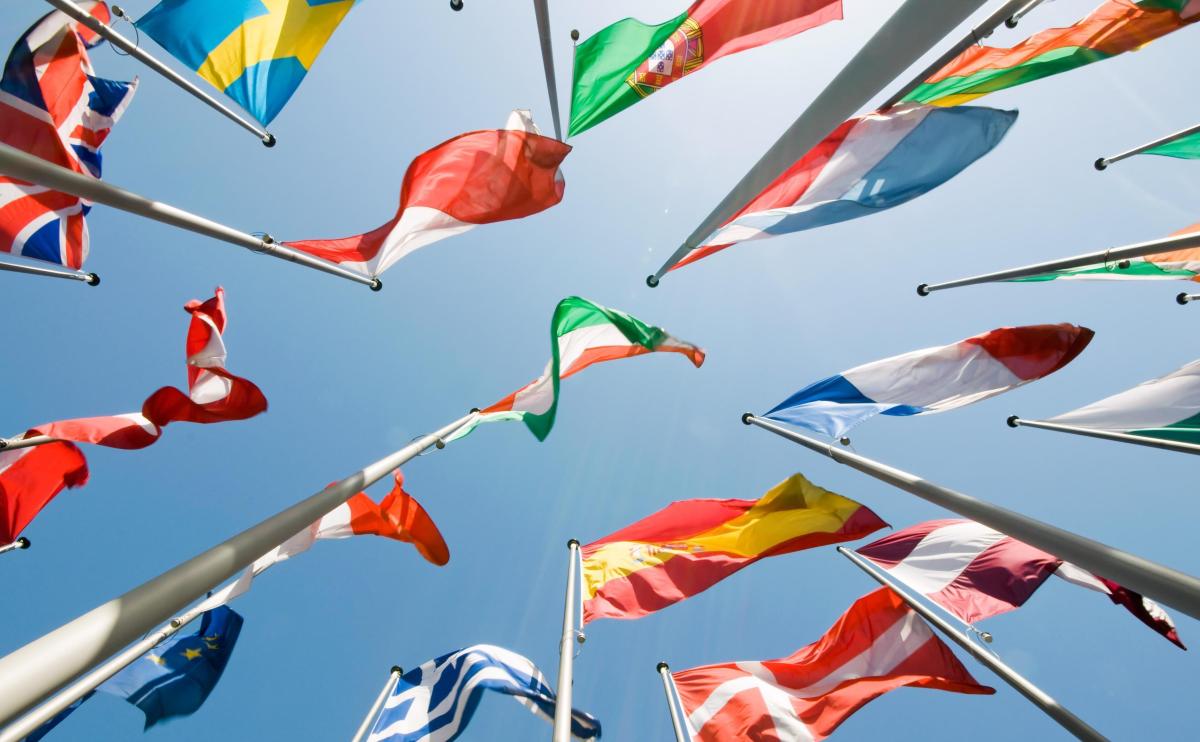Governments around the world are trying to keep their arts, screen and cultural sectors alive through a variety of measures. Many have introduced unemployment benefits for artists; invested in economic stimulus packages for the sector; and channeled funding into digital delivery of arts and cultural content.
Early on in the COVID-19 crisis, I identified the following aspects of ‘good practice’ in governmental support for the arts and cultural industries. In this article I offer my top picks of government recovery responses, based on their:
- Responsiveness: how flexible governments are in terms of meeting the needs of artists as they have become apparent during the crisis
- Straight-forwardness: how complicated it is to access government support
- Innovation: how governments have used their leverage to support artists and the public in clever ways
- Empathy: how governments use their support to show artists that they are valued, and to help the public feel less alone
Digital projects which go beyond uploading content
Loads of governments have introduced digital arts and cultural content projects, both for creation and distribution. This was a tough one to narrow down as there are many initiatives which show governments really trying to make sure their publics can still experience shared arts and culture. I have picked my top five based on their particular innovativeness and support for artists and vulnerable sectors of the population.
- Read With Us: the Egyptian Supreme Council for Culture shares a daily 10-minute reading by a writer of their own work. The Ministry of Culture also supports a YouTube cultural content channel, which received 25 million visits in 60 days.
- The Indonesian Directorate-General for Culture is paying artists and artisans to offer online masterclasses in dancing, painting, music, film production and storytelling.
- In Uruguay, the Montevideo Department of Culture has partnered with Sala Zitarrosa in an online program My Song, My Stage, which supports musicians to perform a song and talk about its creation. The Department is also inviting young people to participate in Cultubers, a program of watching and discussing works online.
- Canal Squat: a Quebecois information feed which uses cartoons and videos to communicate COVID-19 messages to young people (you can’t access it from outside Canada, but it seems like a good idea!).
Government hashtags
I never thought I would consider government hashtags to be cool, but in light of this pandemic I stand corrected. Here are favourites:
- Creative New Zealand #TFA (Thankful For Art) campaign lets artists know that they are valued and acknowledging the importance of arts during dark times.
- The Indonesian Directorate-General for Culture hashtags #asikdirumah (fun to be home), #bahagiadirumah (happy at home), #creativedisaatsulit (creative in difficult times), and #dirumahaja (just be at home). Artists tag their remote and live performances from home, which are profiled on the Directorate-General for Culture’s YouTube channel “BudayaSaya” which has more than 32,000 subscribers.
- #EstamosContigo (we are together) and #MusicosPorCuba (music for Cuba), an initiative of the Cuban Institute of Music for musicians to raise the morale of those in quarantine or working in hospitals.
- #CanadaPerforms, which livestreams artist performances in a partnership between Canada’s National Arts Centre and Facebook Canada. The streams generated 1.3 million views in the first ten days.
- In Uruguay the Montevideo Department of Culture is supporting videos for the #MyBookInHouse campaign.
Support for live works which stay within COVID-safe bounds
A number of governments have begun supporting venues to re-open, including the big guns of the German Neustart 1 billion euro initiative, including 250 million euros to make cultural institutions fit for re-opening. The Australian Government has announced $75 million in the Restart Investment to Sustain and Expand Fund, which will help production and event businesses to put on events, including through innovative operating and digital models.
My favourite program is the Netherlands ‘Balcony Scenes’ scheme, supporting independent artists to stage works for small audiences. It’s not a massive spend (0.5 million euros), but I like this one because: it supports indie artists; embraces the reality of socially distanced performing arts whilst valuing the importance of liveness; and clearly indicates that the government values what artists do: we bring people together in unforgettable moments of shared experience.
Unemployment benefits for artists who fall through the cracks of other schemes
I also rate government attempts to make sure artists can access emergency income support when they fall through the cracks of other, general unemployment schemes. Canada, many European and several South American nations have implemented, enhanced and expanded these types of programs, responding to need as it has become apparent. In terms of straight-forwardness and responsiveness, my top picks are:
- Austria: the government created a hardship fund, then an Artist Social Insurance Fund for those who were ineligible, and then, because there was still a need, they introduced a bridging fund for artists.
- Luxembourg has prepared for every eventuality, introducing legislation which allows the government to extend social social assistance to independent and freelance professional performing artists in the event of future pandemics or terrorist attacks.
- Whilst not an unemployment scheme, I really rate the Hong Kong Arts Development Council’s decision to provide direct subsidies to funded projects (as in, the funded artists did not have to apply. Imagine that!).
Support for audiences
Some governments have created programs which go beyond the digital answer to access, seeking to support live in a socially-distanced context. South Korea’s approach is probably the most straightforward: three million discount coupons worth 8,000 won (AUD 9.40) per person to cinema box offices.
I like the Danish senior citizens initiative, which is about making sure older Danes can still have interactions with arts and culture in nursing homes and other COVID-safe environments.
I also like the approaches by Japan, New Zealand and Mexico, which support children and young people’s access to arts and culture whilst simultaneously cashflowing artists:
- The Japanese Government has announced JPY 1.3 billion (A$ 17.2 million) for children’s arts and culture experiences.
- The New Zealand Government is spending NZD 4.0 million (A$ 3.7 million) on boosting the creative learning program for kids in schools, providing jobs for 300 artists.
- The Uruguay Ministry of Education and Culture announced a UYP $37.0 million (A$ $1.2 million) “Ruben Melogno Cultural Solidarity Fund” to buy productions that will be later presented in educational institutions and community organisations, support artistic institutions and schools and contract teaching activities online.
Governments buying art
Several governments have also sought to directly cashflow artists by purchasing books and artworks. For example in Argentina, the National Commission of Public Libraries has re-directed Book Fair funds into increased investment in book purchases, whilst in Cyprus the government increased by 50% the amount provided for the Purchase of Art Works for the State Collection.
Adapting business models
I expect we will see more business model adaptation programs as governments shift from emergency response to recovery. New Zealand has the largest fund I have come across for this purpose so far. The NZD 60 million (AUD 56.1 million) Cultural Innovation Fund will support new ways of operating, cross-sector partnerships, and create new ways to add value to the economy, particularly through digital exports. This includes innovative approaches to Māori artforms and traditional knowledge. Good on you, New Zealand. Top of the class again.





